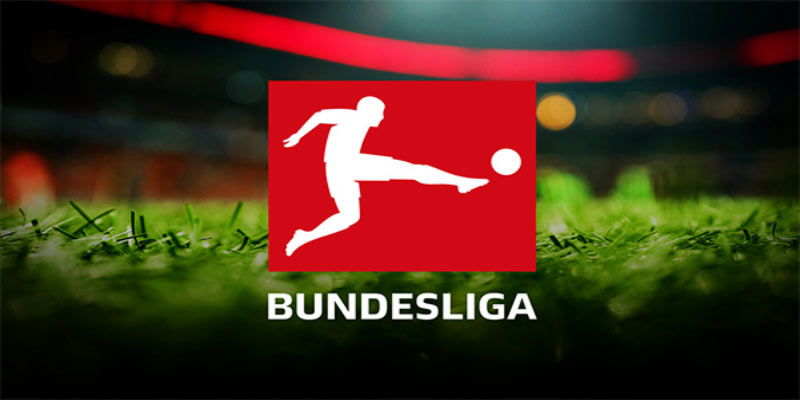
Exploring Bundesliga: The Heart of German Football
The Bundesliga stands as a pinnacle of football excellence, not just within Europe but globally. Renowned for its passionate fans, competitive spirit, and tactical sophistication, the Bundesliga showcases the very best of German football. This article delves deep into the heart of the Bundesliga, exploring its rich history, prominent teams, key players, tactical styles, and much more.
Bundesliga: The Heart of German Football
At the core of German culture lies the passion for football, and the Bundesliga epitomizes this fervor. Established in 1963, the Bundesliga has grown into one of the most respected leagues worldwide, captivating millions with its thrilling matches and high-quality football. The league operates under a unique structure that promotes competitive balance while also nurturing homegrown talents.
The Bundesliga’s structure includes 18 teams, each vying for the prestigious Bundesliga title. This competition not only highlights footballing ability but also embodies the spirit of community, history, and rivalry that permeates German society. As we dissect various facets of the Bundesliga, the narrative of its greatness unfolds.
The Legacy of the Bundesliga
The roots of the Bundesliga are steeped in tradition and pride. The league was born out of a desire to unify German football, which was previously fragmented into various regional leagues. With the formation of the Bundesliga, the spotlight turned towards the nation’s top talents and teams, setting the stage for footballing drama that would echo through the decades.
Germany not only plays the sport but has also produced some of the most legendary players and influential managers in football history. Icons such as Franz Beckenbauer, Gerd Müller, and more recently, Manuel Neuer and Thomas Müller, have etched their names into the annals of both the Bundesliga and world football.
The Bundesliga’s International Impact
The tournament doesn’t just represent German football; it is a significant player in the international football ecosystem. The league is known for exporting talents across the globe, contributing to a rich tapestry of international competitions. This exportation isn’t just limited to players; German managers, tactics, and footballing philosophy have greatly influenced footballing styles across continents.
Furthermore, the Bundesliga’s commitment to fan engagement and community-based ownership models has created a template for sustainable football in various countries. The emphasis on supporter involvement and lower ticket prices underscores a unique approach to the business of football that many leagues aspire to emulate.
Top Teams in Bundesliga: A Historical Overview
The Bundesliga has witnessed a slew of dominant teams, each leaving a unique mark on the history of German football. Historical rivalries and triumphs make for a fascinating narrative that has been unfolding for over half a century.
FC Bayern Munich: The Eternal Dominators
Unquestionably, FC Bayern Munich sits at the pinnacle of Bundesliga achievements. With an impressive collection of titles and trophies, Bayern has established itself as the face of German football.
Established in 1900, Bayern’s rise to prominence began in the 1960s and has continued through successive eras. Players like Beckenbauer and Müller spearheaded the success during the 1970s, while the 21st century has seen the likes of Arjen Robben and Robert Lewandowski elevate the club’s status globally.
The club’s unwavering success has fostered an unshakeable dominance in the league, capturing over 30 tournament titles to date. Their influence extends beyond the pitch as they continue to attract top talent from around the globe.
Borussia Dortmund: The Heartbeat of Football
Borussia Dortmund stands as a formidable opponent and counterpart to Bayern Munich. Known for its vibrant fan culture and iconic Yellow Wall, Dortmund has laid claim to several tournament titles and European accolades. Their meteoric rise in the late 1990s and early 2000s, culminating in a Champions League title in 1997, marked a golden era.
The club’s ability to nurture young talent and develop players such as Marco Reus and Jadon Sancho showcases their commitment to high-quality football. Moreover, their matches against Bayern Munich serve as some of the most exhilarating spectacles in global football, drawing unparalleled attention and support.
Historical Mid-Tier Clubs: Tradition and Passion
While Bayern Munich and Borussia Dortmund dominate headlines, clubs like Hamburger SV, Werder Bremen, and 1. FC Köln have storied histories and passionate followings. Each club represents a unique chapter in the unfolding story of the tournament.
Hamburger SV, once a powerhouse, now grapples to return to former glories. Werder Bremen embodies a storied tradition and a community-centered ethos. 1. FC Köln reinforces local connections with its vibrant fan base and historical significance. Each of these clubs showcases the resilience and spirit of the Bundesliga.
Emergence of New Challengers
In recent years, clubs such as RB Leipzig and Bayer Leverkusen have emerged as noteworthy competitors in the league. RB Leipzig, in particular, disrupted the traditional power structure established by Bayern and Dortmund. Their rapid ascent from the lower divisions to tournament contenders epitomizes the changing landscape.
The increasing competitiveness fosters unpredictability, rendering every season riveting and keeping fans on the edge of their seats. The evolution of former underdogs into prominent challengers ensures the Bundesliga remains an exciting arena for both players and spectators.



